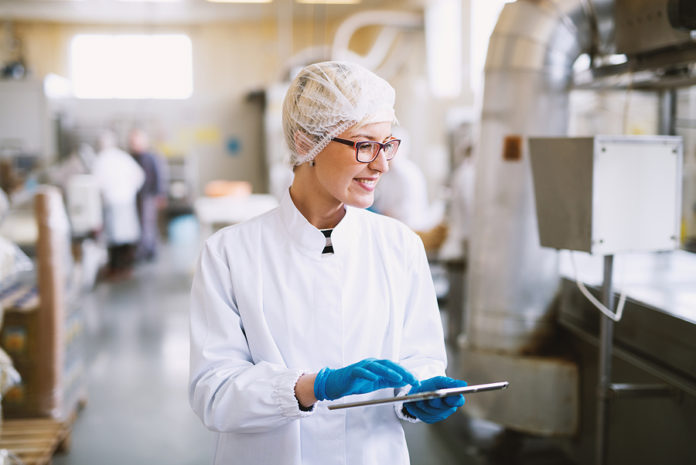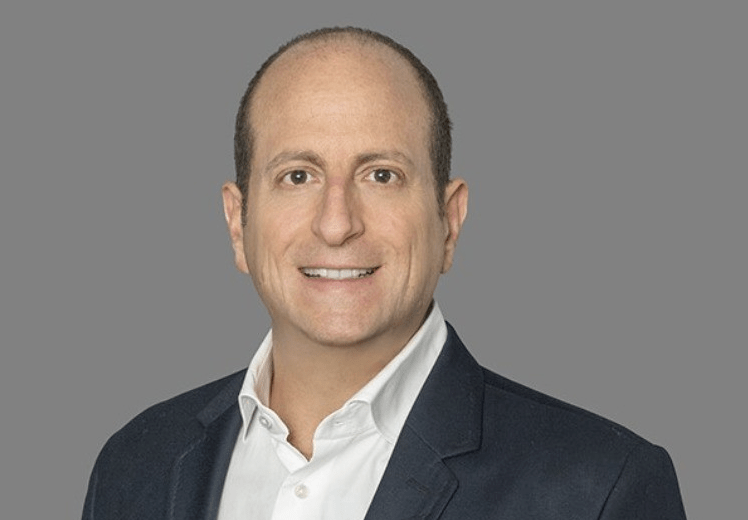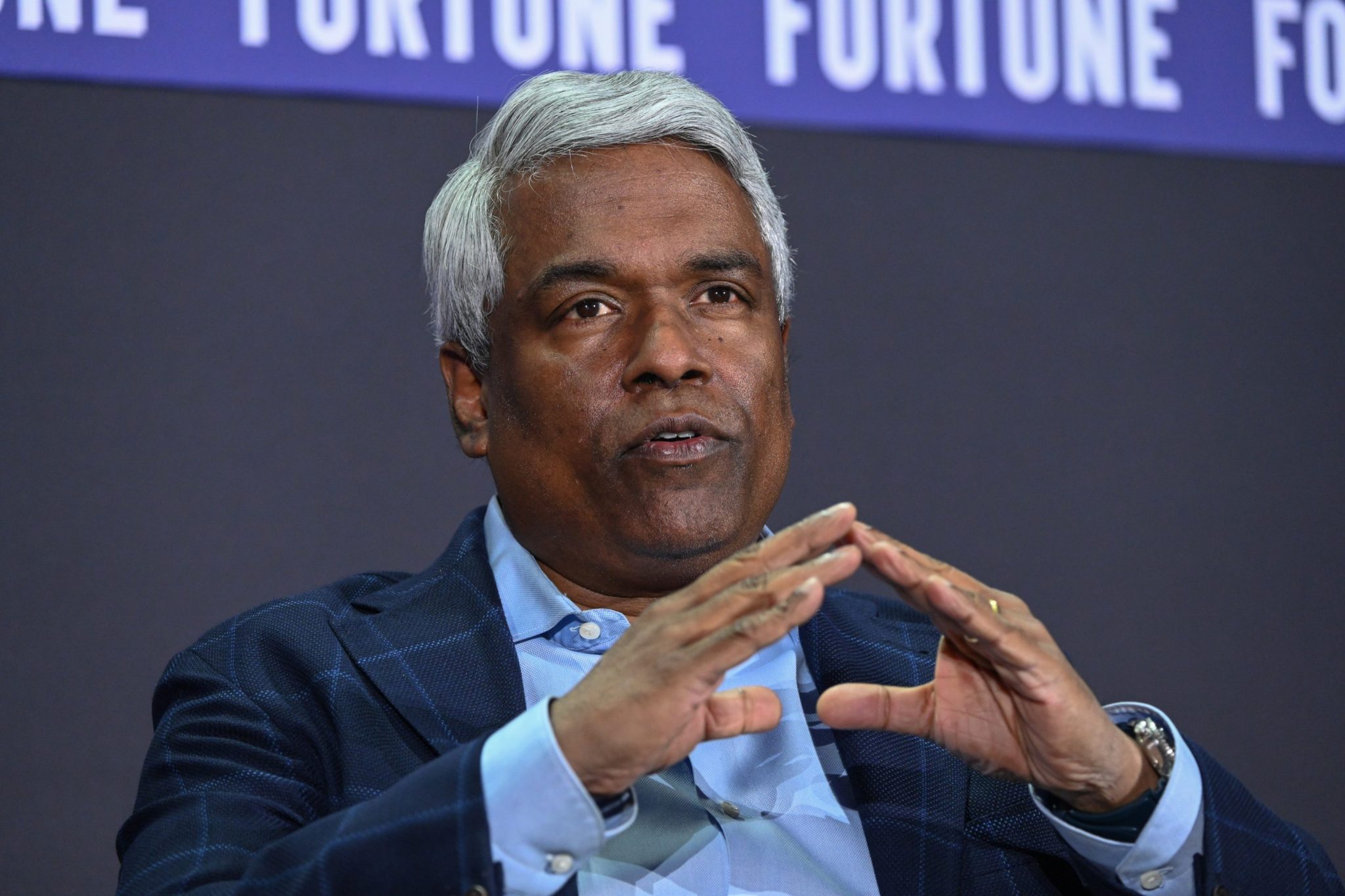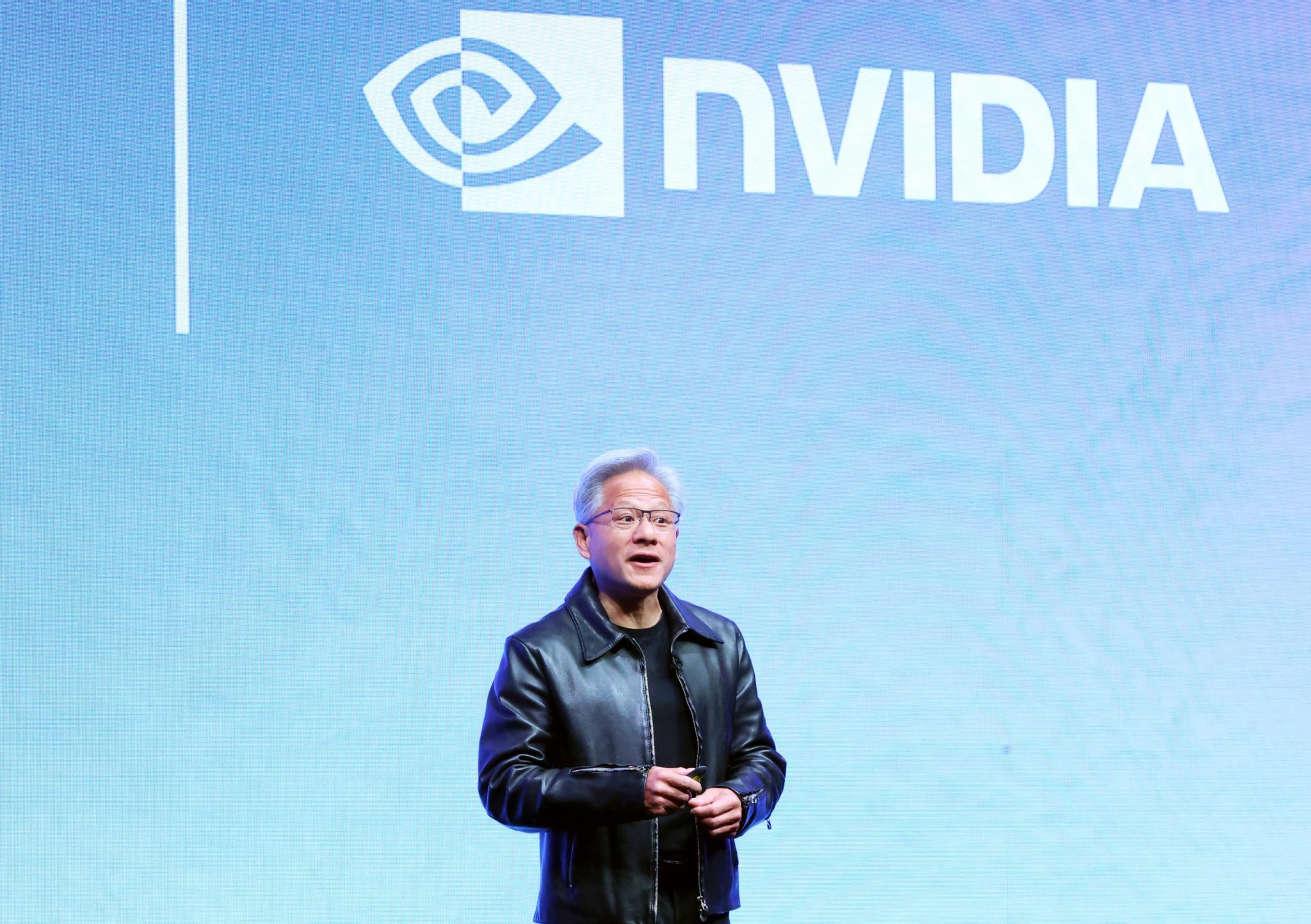

In food and beverage, the competitive edge is shifting from adding more lines to extracting more value from the ones you already run. Leaders are asking for faster, cleaner decisions at the point of production.
That’s the problem Allie is built to solve. Working with enterprise manufacturers like PepsiCo and Coca-Cola bottling divisions, the company helps unify disconnected plant data, apply intelligence to the variables that actually move throughput, and turn insights into clear actions for the teams who keep lines running.
We sat down with Ernesto Hermosillo, Chief Growth Officer at Allie, at the EATS show to explore how AI is changing the cadence of decision-making on the factory floor. This is a conversation about outcomes, not code: aligning C-suite priorities with frontline execution, raising OEE by attacking downtime and waste, and building trust in the data that drives production per hour. We also dig into FactoryGPT — Allie’s approach to making intelligence accessible across the organization — as an example of how “single source of truth” tools can reduce manual input, clarify accountability, and speed up problem-solving.
Q. EATS brings together some of the most forward-thinking manufacturers in food and beverage. What conversations are you most excited to have — and what trends are you seeing in how leaders approach innovation this year?
Ernesto Hermosillo: The conversations focus more on the collection of the data. Most companies are at a stage where they have to build a data layer on top of their production lines and their factories. There are tons of data in a plant, but this data is trapped because there are different OEMs, different software vendors and brands, and the data they have is disconnected or trapped in PLCs. So conversations center around collecting all of that data, aggregating it, and then applying intelligence on top.
Q. When you talk with manufacturing leaders, what types of decisions are they most eager to make faster and with more confidence with AI?
EH: I would say that anything that has to do with a critical variable affecting production. So for example, we have two groups of variables — critical process variables and machine health variables. When we bring our process engineers into the line, into the factory, we decide with their process engineers which exact variables we need to monitor and feed to our models. This way, we can anticipate a deviation and alert the maintenance or the quality teams, telling them exactly what to look at and what to do to prevent downtime or quality issues from hitting production.
Q. Are challenges usually about reacting to problems or predicting them before they happen?
EH: I think it’s a mix of both. There are a lot of factories that have predictive alerts or predictive maintenance, but there’s high rotation among the shop floor teams, so they may not know exactly what to do when there’s an alert coming in. The most important thing to keep production running is to tell teams exactly what to do to prevent downtime.
Q. Many food manufacturers have plenty of data from different systems — production, quality, maintenance. What’s holding them back from turning that data into clear, actionable insight?
EH: Like I said, the problem is disconnected data. The data lives in different formats. It’s labeled differently by the different OEMs, PLCs, communication protocols, and software vendors. You need an aggregator that speaks the same language as all of these data systems and can translate all of them to the same language. Then you can tag all this data, structure it, and apply intelligence on the top.
Q. Where do you see the biggest measurable gains for manufacturers who are improving how they use data — is it in yield, quality, or overall agility?
EH: In the food and beverage industry, OEE is the main metric that measures efficiency on a line. The main KPI we as a company look at is production per hour. If we increase production per hour, we’re definitely going to be able to quantify the impact. For example, if I increase bottles per hour by 20%, I can quantify that increase, multiply it by the contribution margin, and I will get a quantifiable impact I’m generating.
So I would say the efficiencies come from three avenues. The first one is reducing downtime that has to do with the machines themselves and their components. Then there is increasing quality — reducing product waste and non-conforming products. And the third one is more on the process side.
The operators, the quality teams, and maintenance teams are all synchronized on what they need to look at, when to look at it, and what to do to have a better, more streamlined process.
Q. When you help manufacturers modernize their relationship with technology, especially as AI comes into the fold, how do you balance quick wins with building long-term digital capability?
EH: There is definitely resistance on the shop floor. One thing we’ve done to increase engagement among the operators is to tie their bonuses to the use of the technology. It’s kind of funny, but you’ll see a great increase in engagement and therefore a great increase in production per hour.
Q. Do you find that success depends more on leadership clarity or technical readiness?
EH: Definitely both. Technical readiness is part of the technical viability to have data and then put intelligence so we can see increases in production. But there also needs to be strategic alignment from the top. If these digital transformation initiatives are not aligned from the C-level all the way to the shop floor, there’s going to be a disconnection and that disconnection will make the project fail completely. The most successful impact we’ve had is when the CEO personally owns the company-wide AI strategy.
So as a company, we make sure we are aligned both on the top level and on the factory floor. This way, we can tie both ends and meet into a specific KPI, which is production per hour. If an operator increases production per hour by using our technology, they’ll have a smoother shift. And they’ll be getting their bonuses. If on the top, they’re providing the tools for the operator to do the job, there’s going to be a beautiful symphony of getting no stoppages on the line and no risk to quality.
Q. How do you build trust with teams when introducing technology that changes how they work and make decisions?
EH: We all know if you feed garbage into a model, then you will get garbage out of it. So data quality is super important. What we need to do first is a data stabilization stage, where we fix the data we’re seeing and improve how it’s streamlined into our databases.
We use an edge device either virtual or on the line to recollect all the data. These are powerful, industrial grade devices. In addition, there are a lot of food and beverage clients that have microstops on the line. This means that we need to have a latency of no more than three seconds. Otherwise, we won’t be able to catch these microstops that affect production.
So it’s a matter of building trust with the client at the beginning. We have to be transparent.
Everything isn’t going to be correct and exact from day one, but we’re going to build it together as a team and we’re going to get there progressively.
Q. FactoryGPT feels like a leap toward making intelligence accessible to everyone in the organization. How do you see tools like this changing the way teams communicate and solve problems?
EH: FactoryGPT becomes the single source of truth, and there’s no more manual input. I’m not saying this happens everywhere, but we’ve seen instances where the operator or the data captor is basically skewing the numbers as they pass from paper to the computer because he’s measured by that number.
So what we do with FactoryGPT is unbuild that black box and make the data, the truth, accessible to everyone from the operator level to the director or even the C-level, where they can consult as much as they like. Obviously a director will not get into as much detail as a supervisor or a line operator, but they all see the same truth. This helps with operational alignment and teams that are synced.
Q. If you could leave one takeaway for executives walking the EATS floor, what should they be thinking about as they plan their next phase of digital growth?
EH: Many food and beverage companies want to increase their production to meet demand. And what they think of first is acquiring more machinery, more lines, or a new factory. And I think that’s not the first road to explore, but rather how can you increase efficiency on the lines you already have? Because they are at 50 or 60% OEE. But what’s going on with the rest of that?
So I would advise people who are looking to grow their manufacturing business to first take a look at their actual lines and how they are working and their potential opportunities to increase efficiency using data and AI. And once they’ve increased those lines into a 90% plus OEE, then then they can begin looking at purchasing new machines.

Credit: Source link














